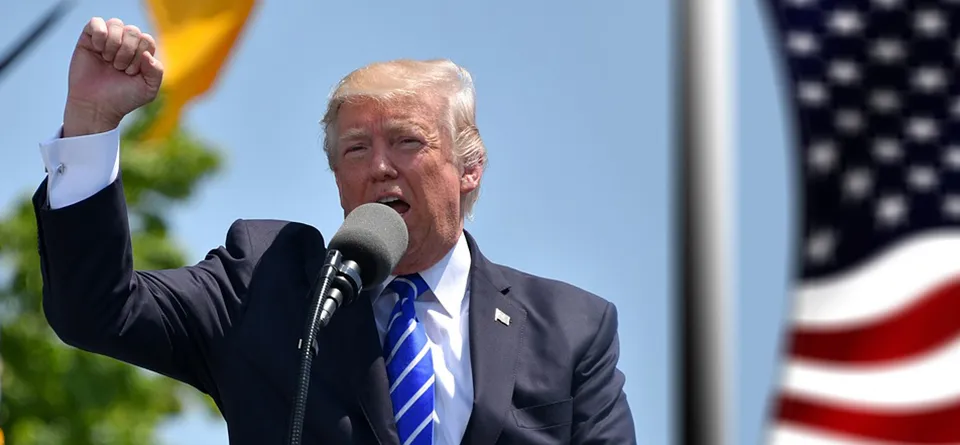On April 2, 2025 – dubbed “Liberation Day” by President Donald Trump – the United States launched a sweeping round of tariffs, targeting virtually every trading partner. The move, aimed at rebalancing global trade, has triggered waves of volatility across financial markets, sending tremors through trading floors from Shanghai to São Paulo. In the 10 days since the announcement, global equity markets have gyrated wildly. Using five charts, we examine the magnitude and character of the market’s response – through trading volumes, message traffic, and options activity.
1.
Access intelligence that drives action
To unlock this research, enter your email to log in or enquire about access




